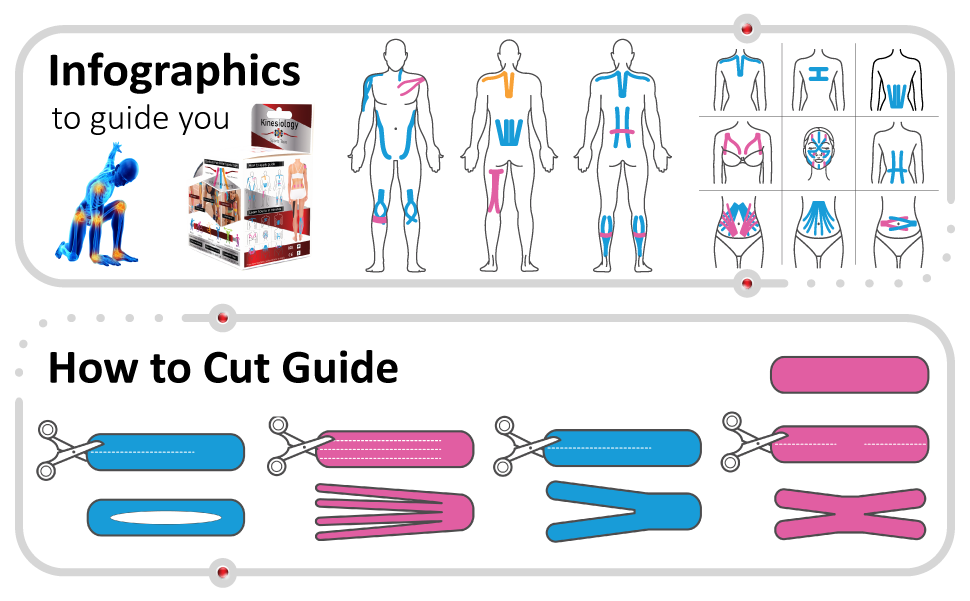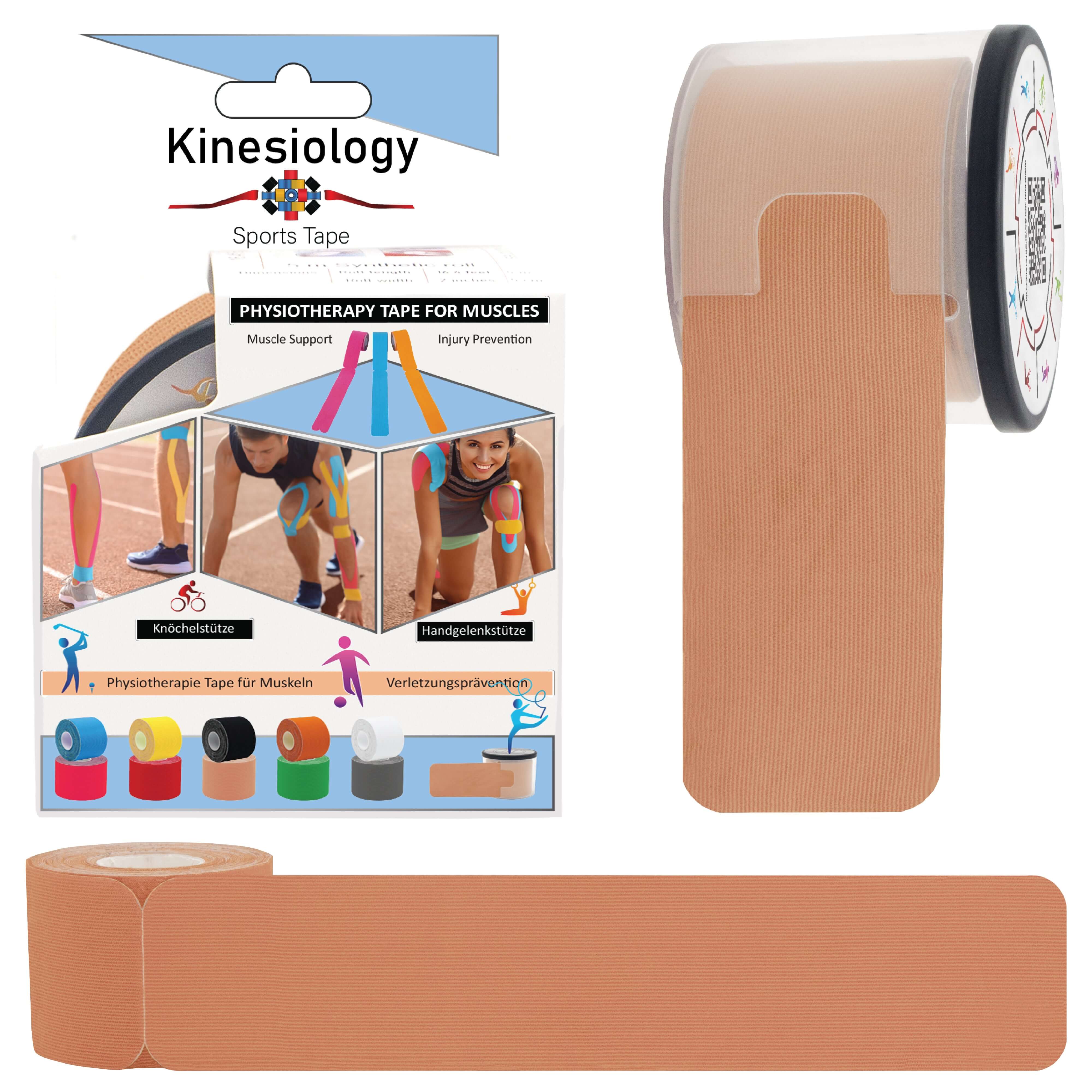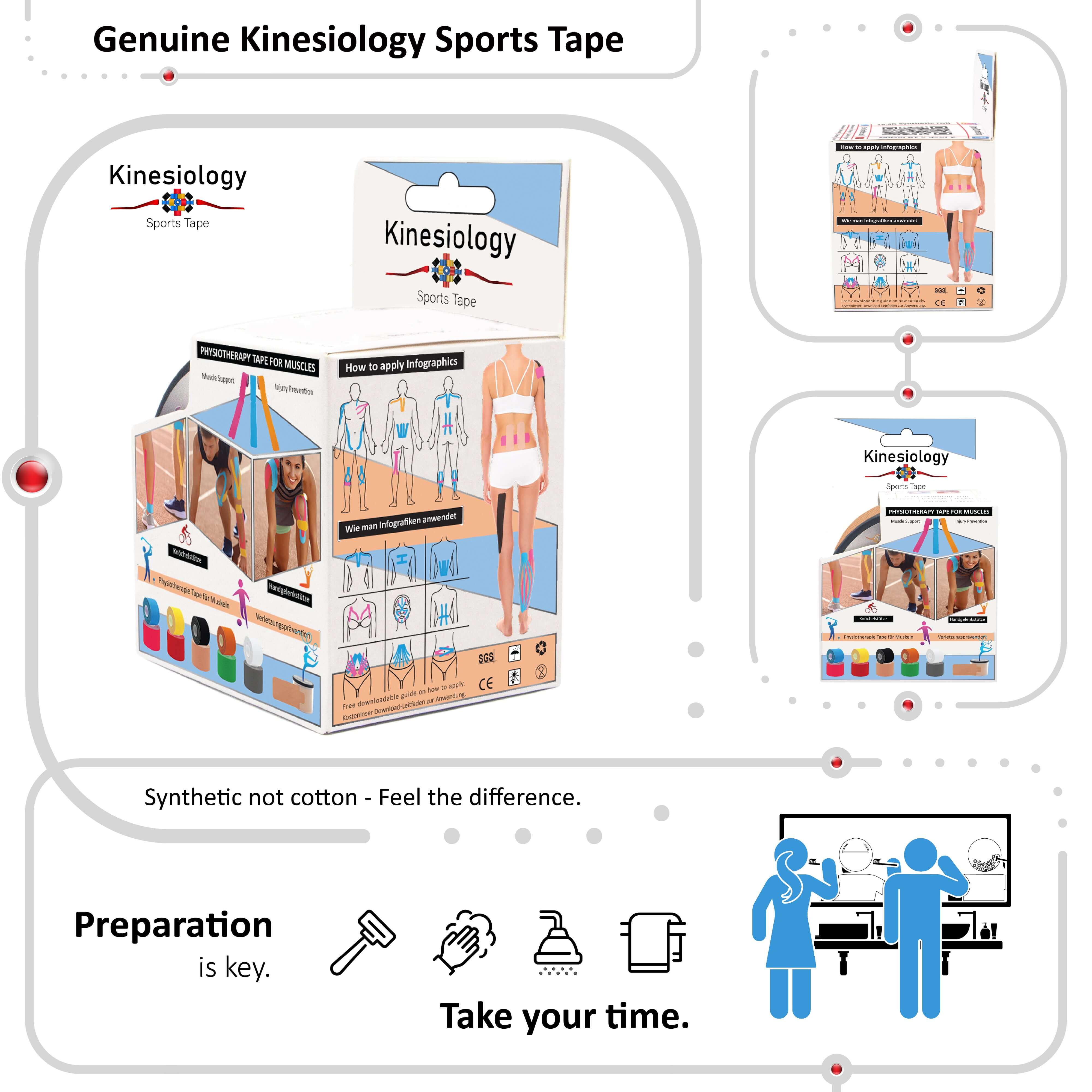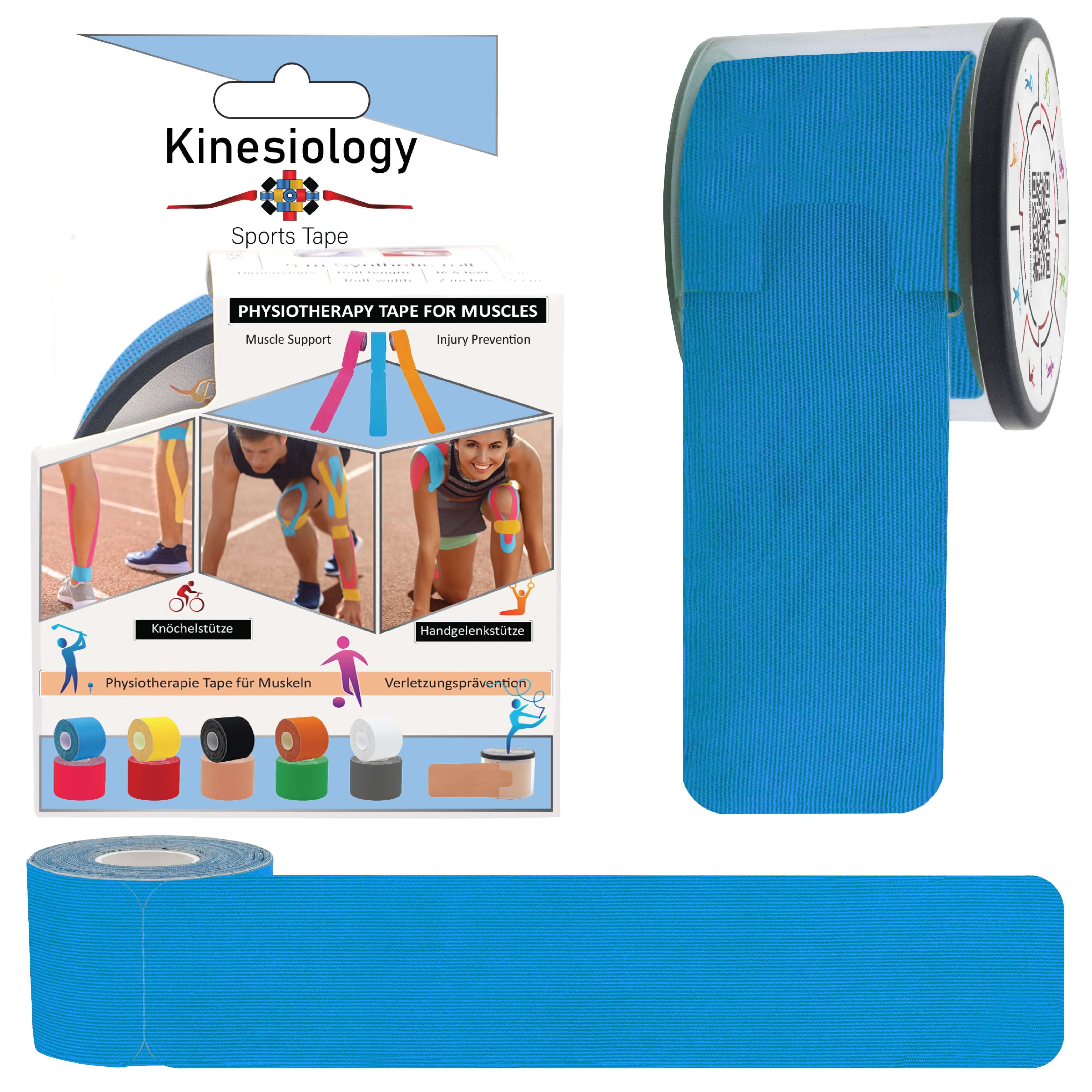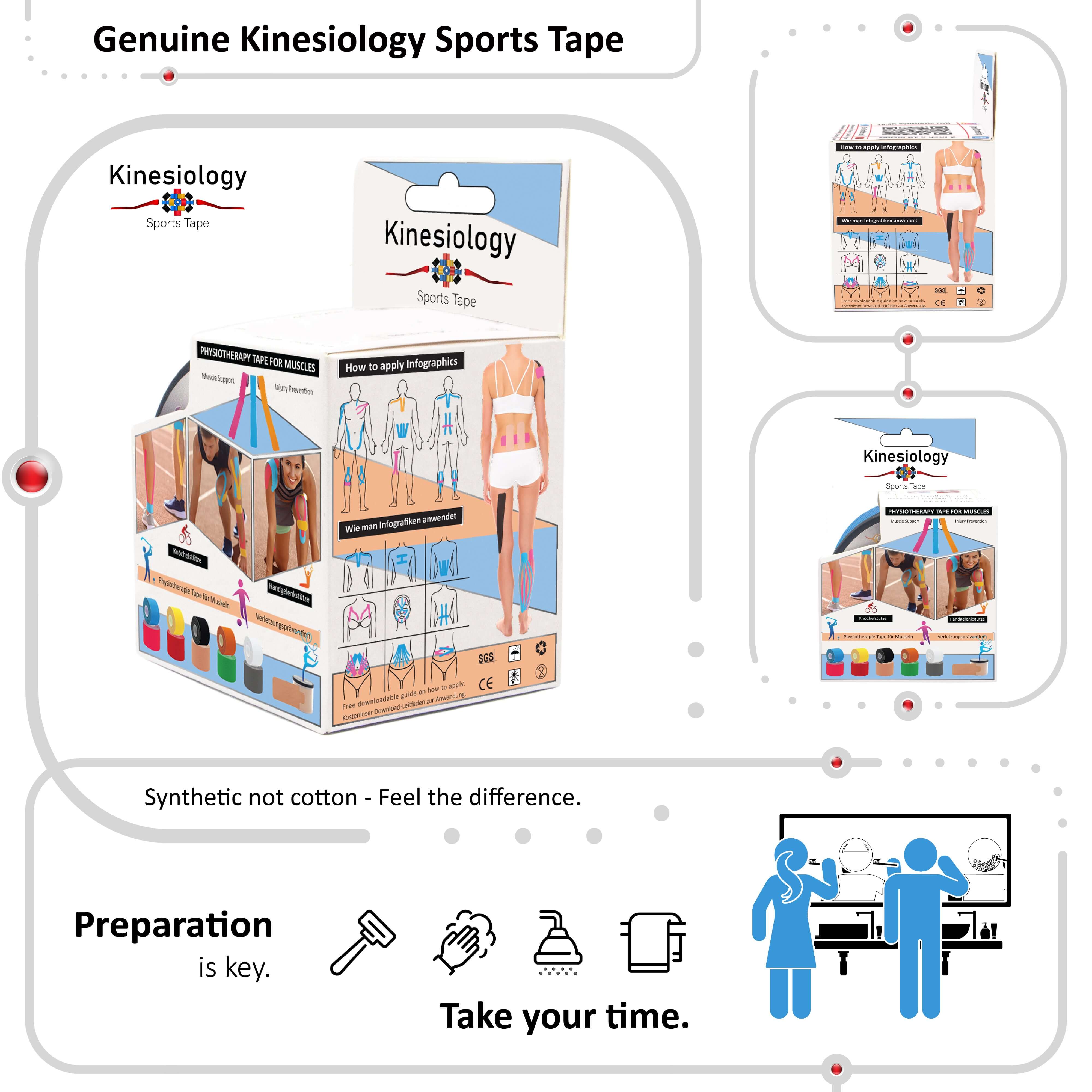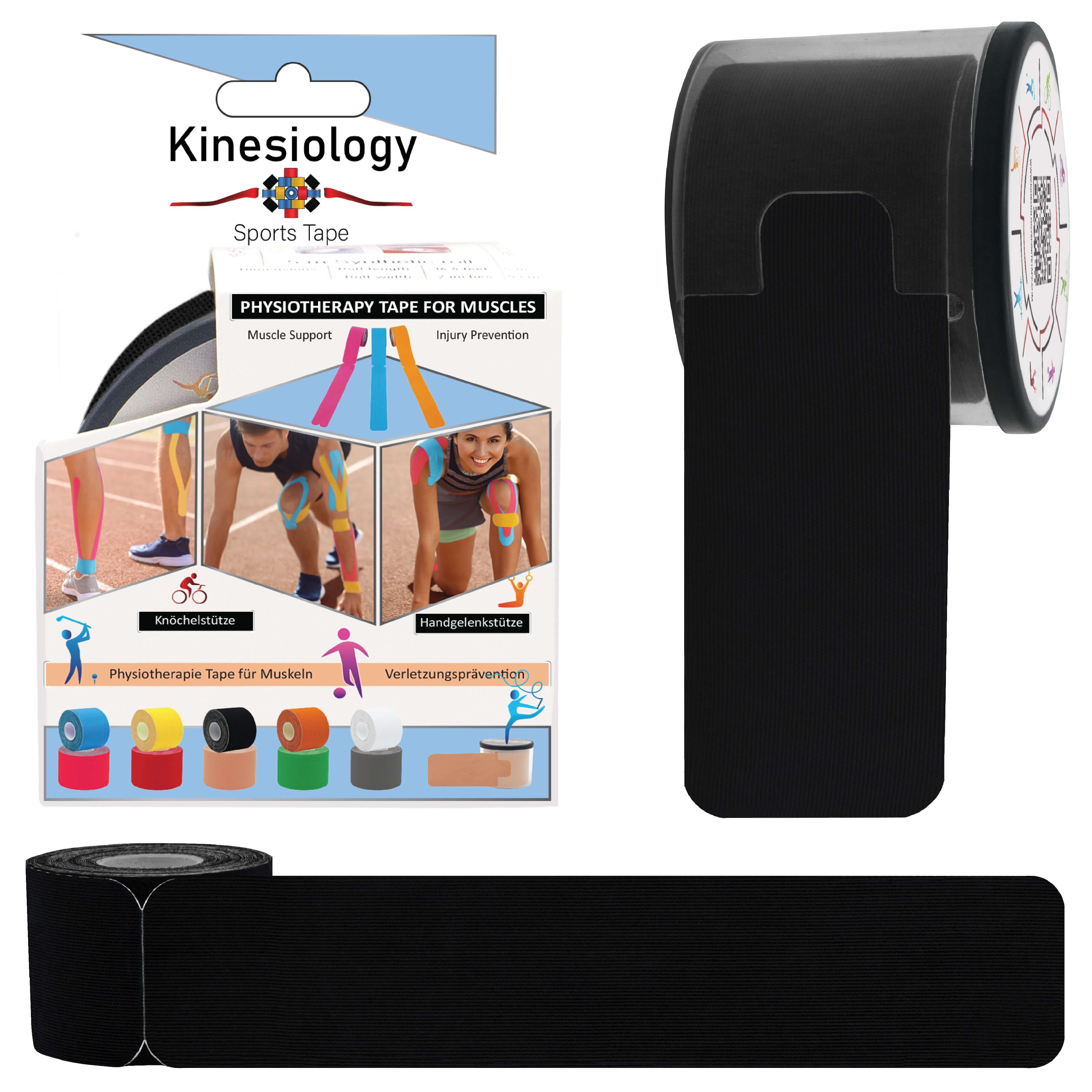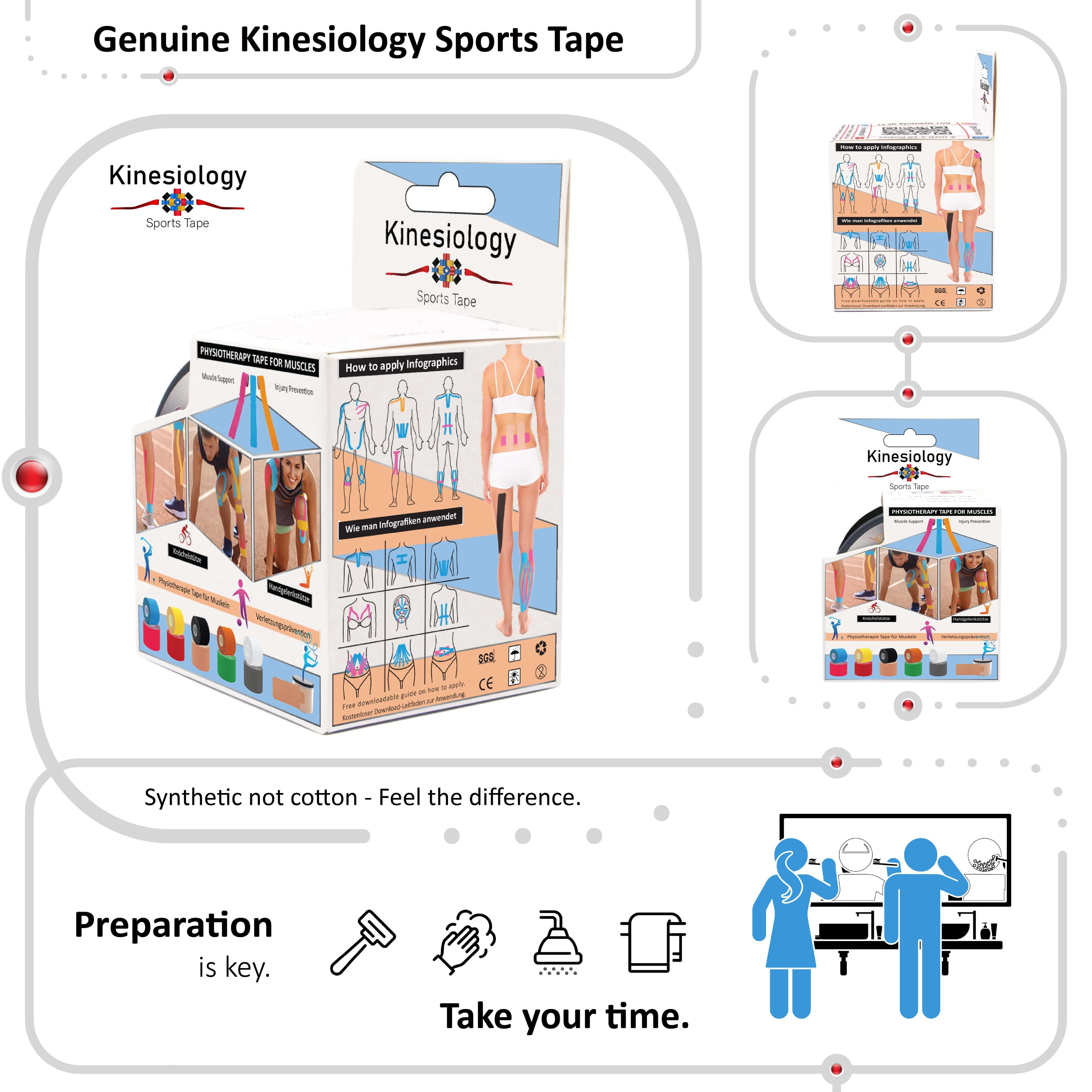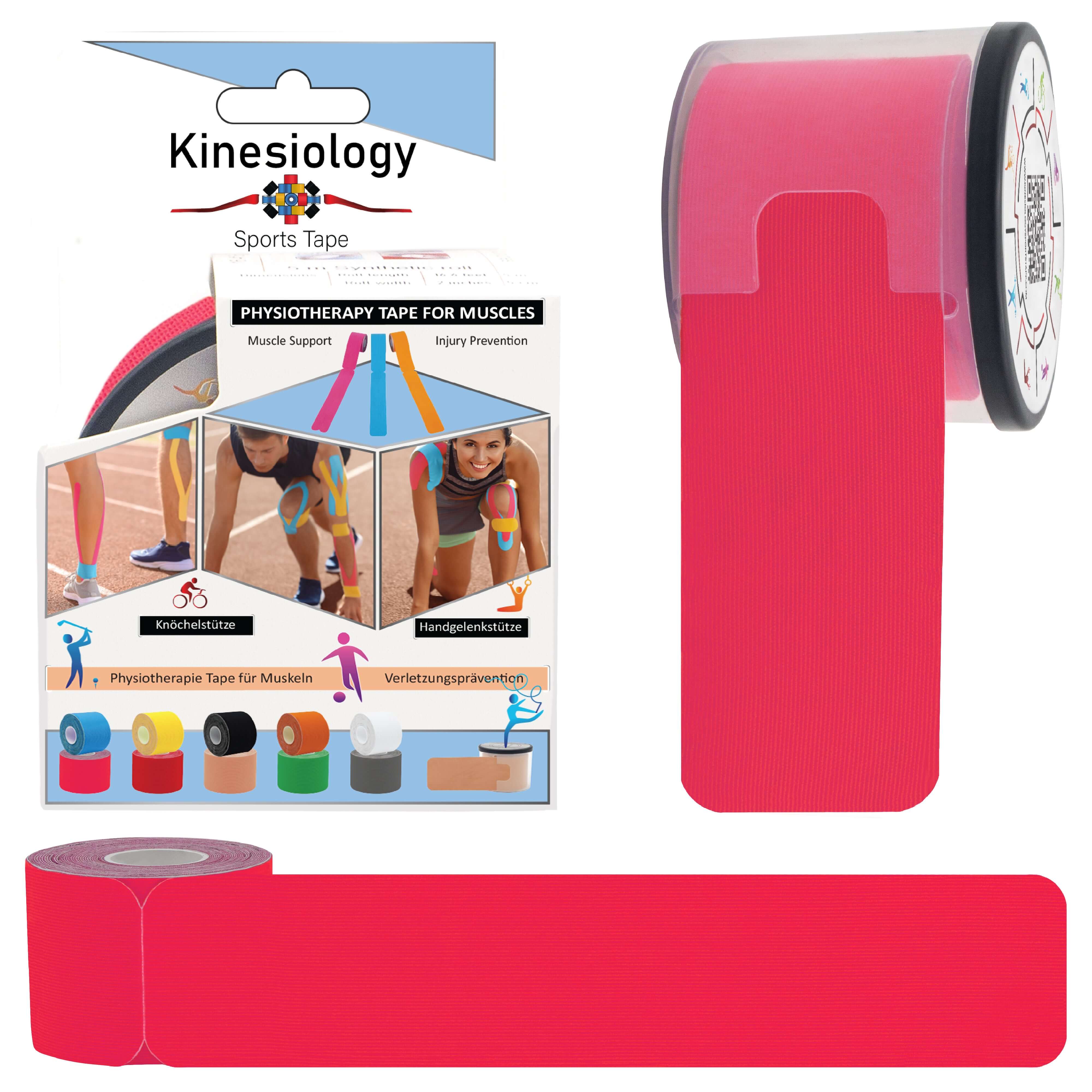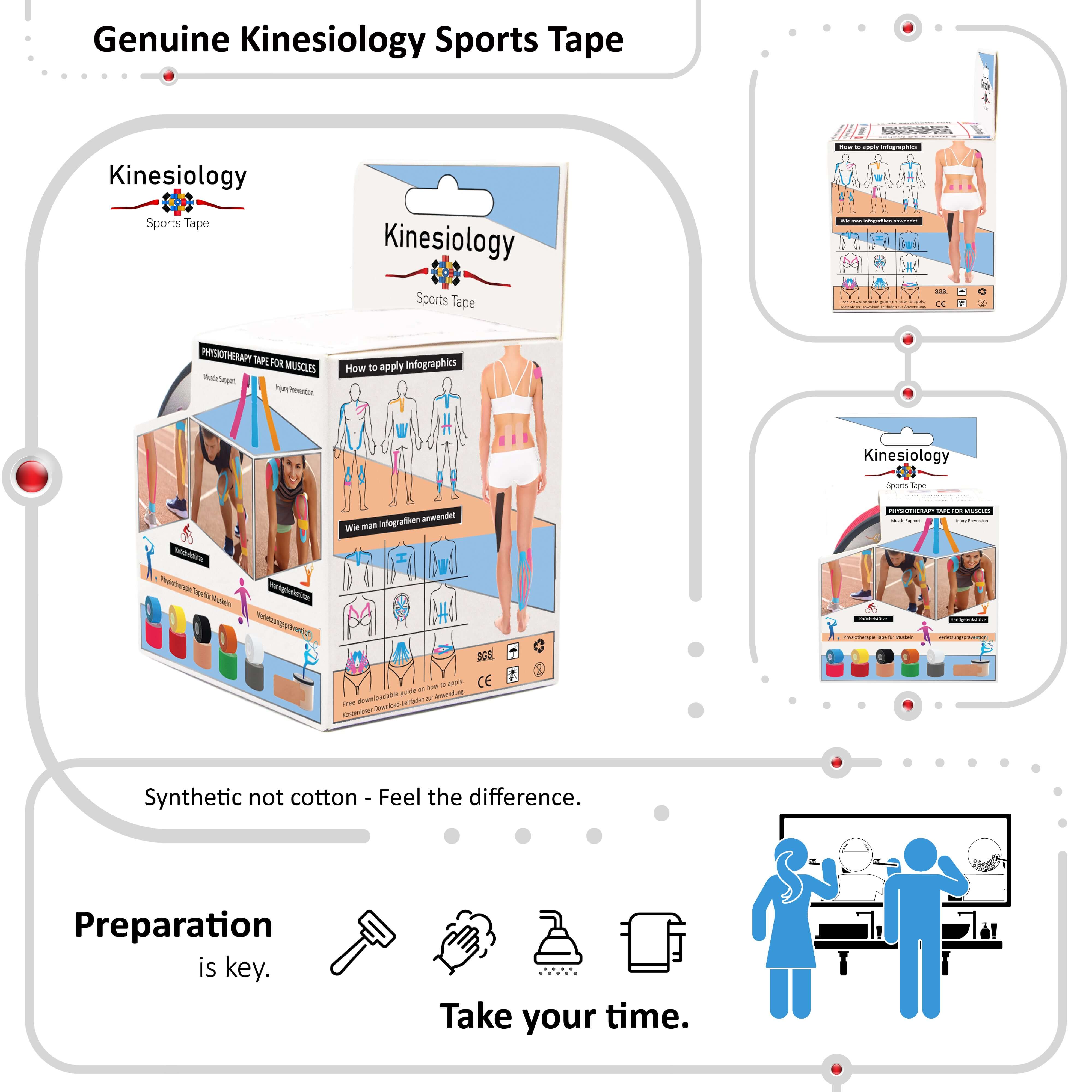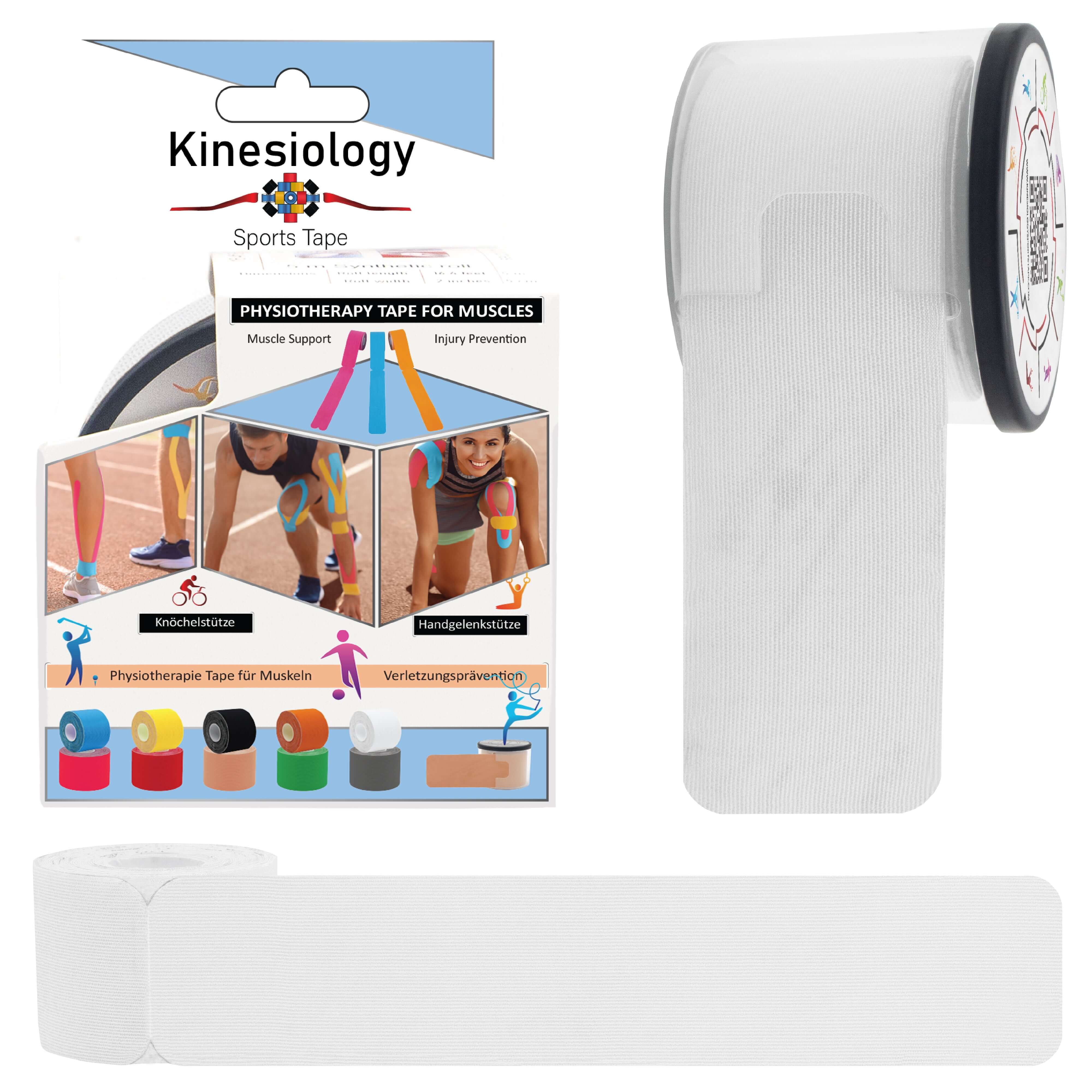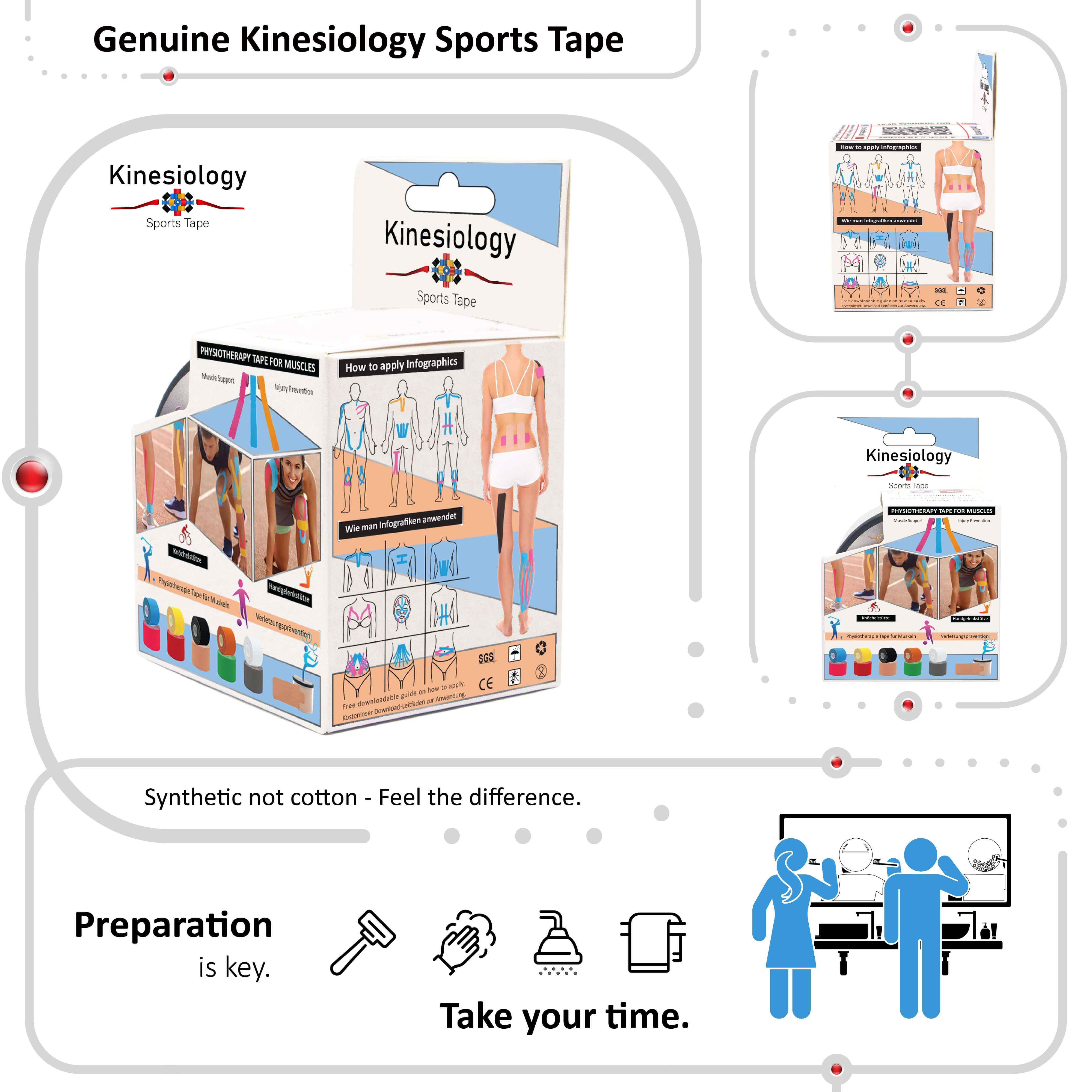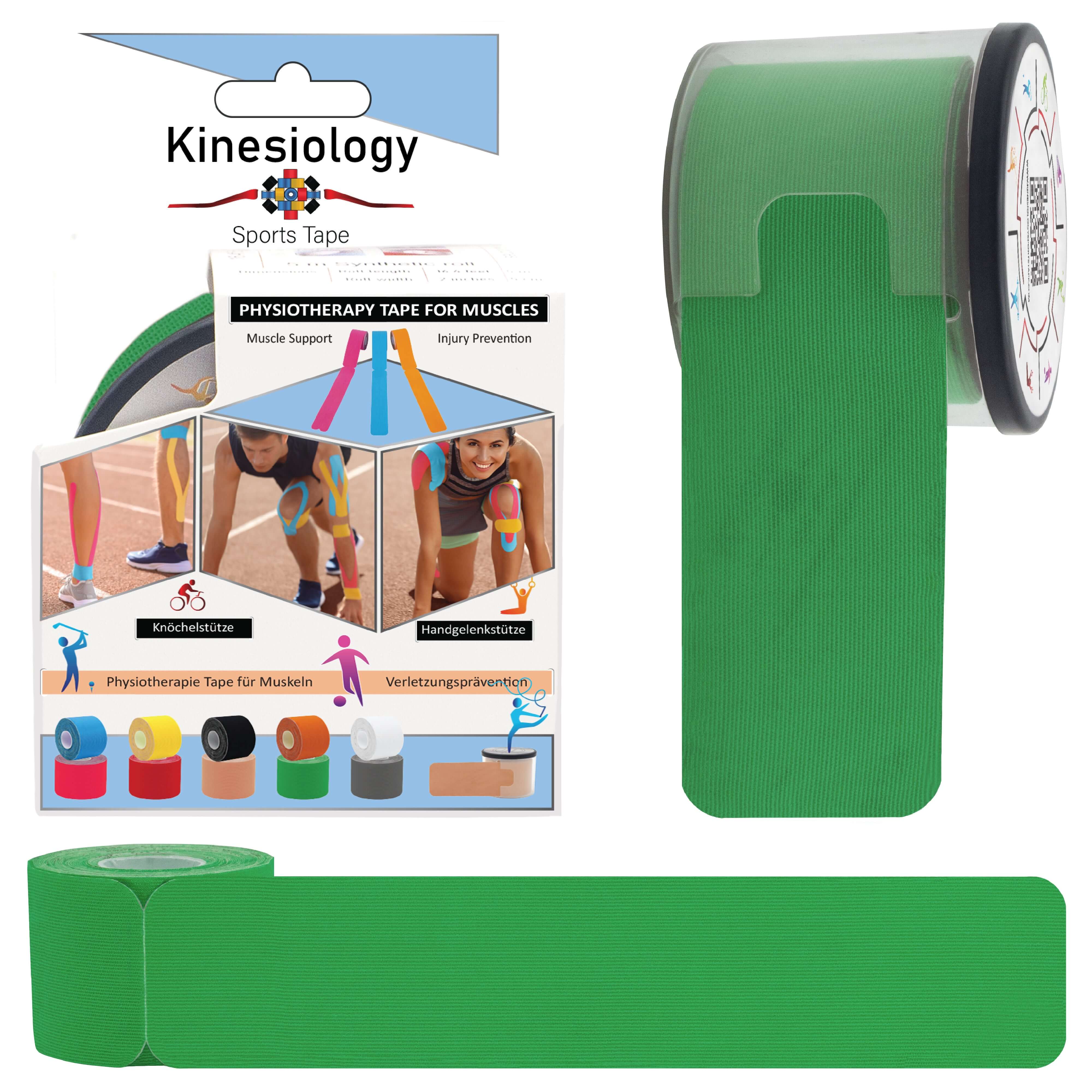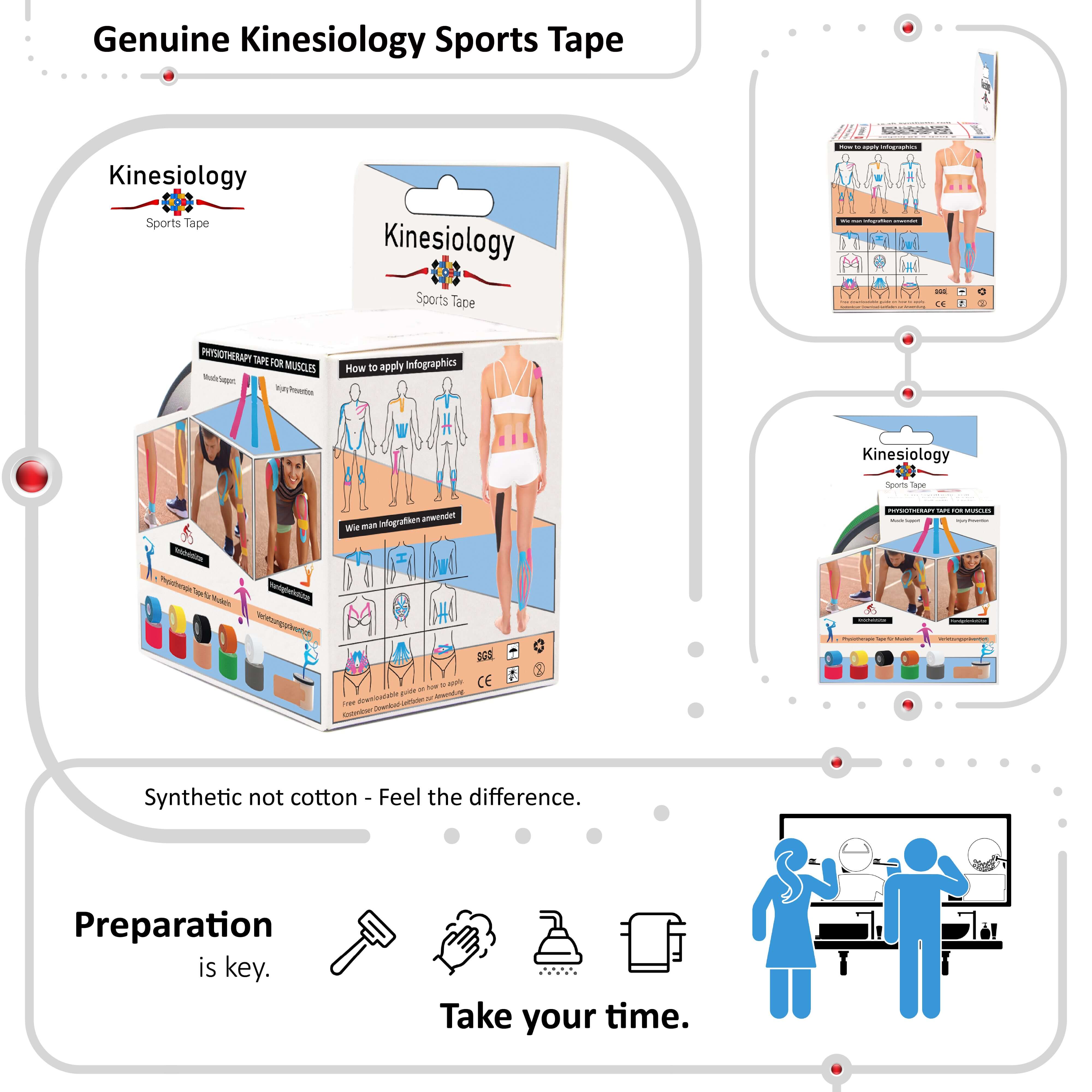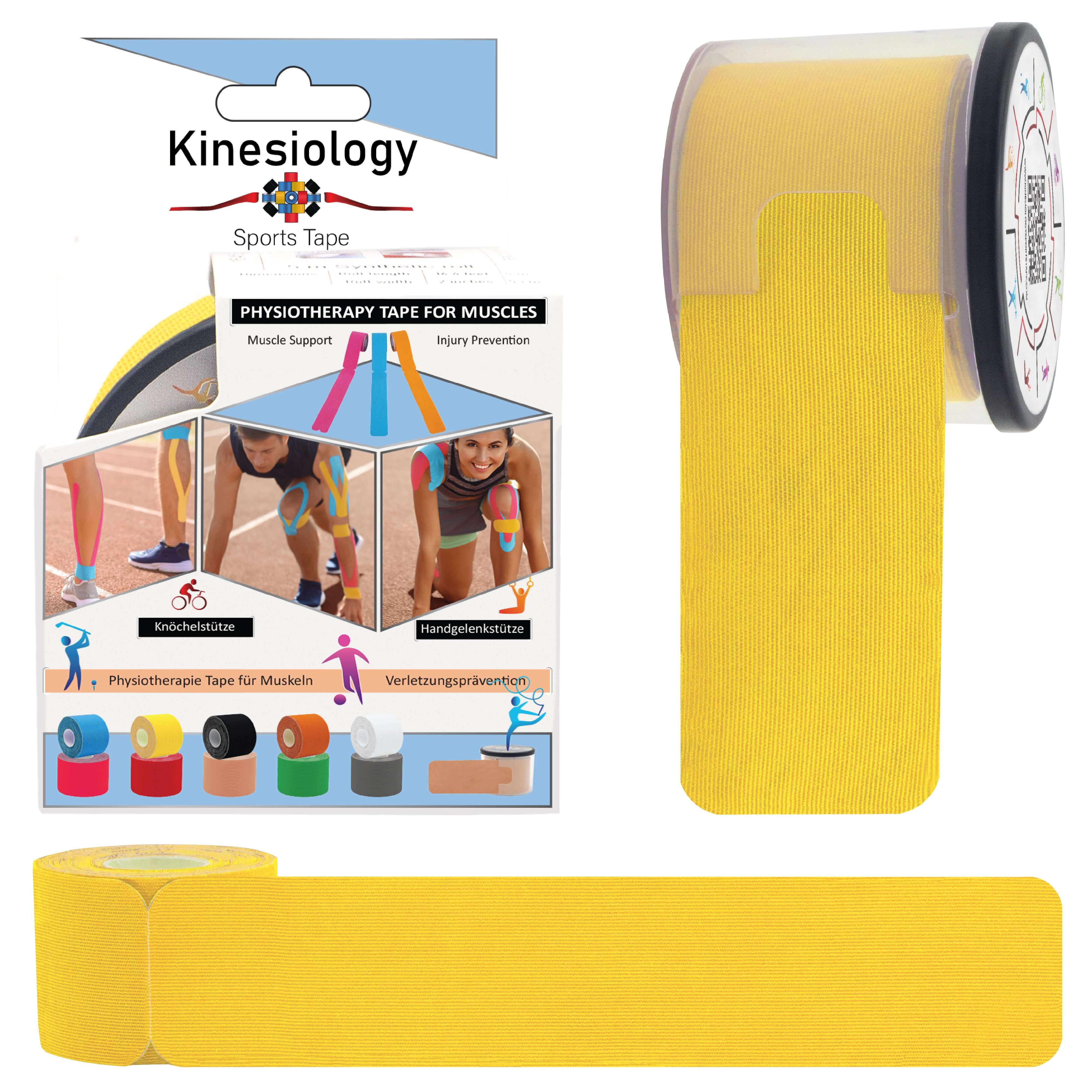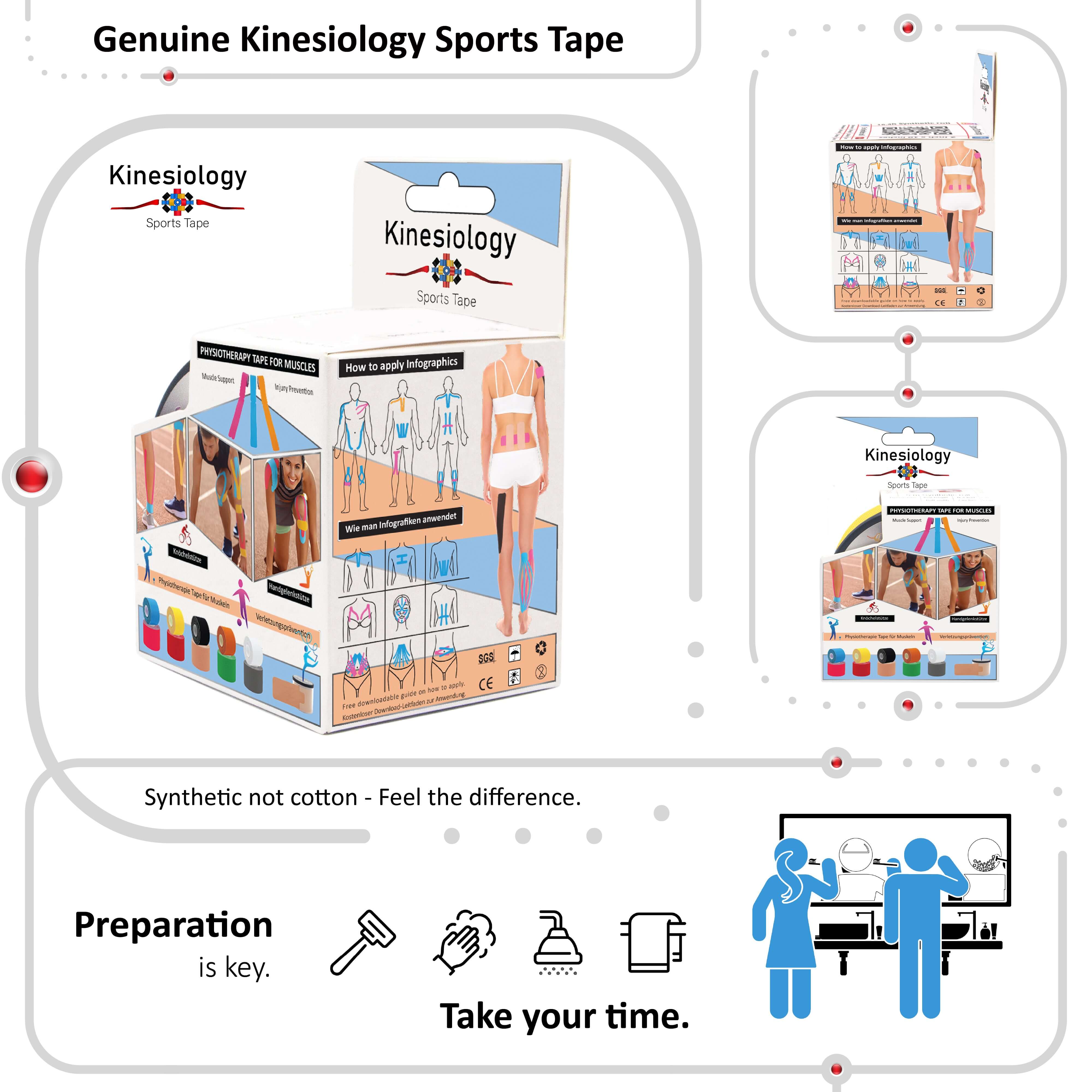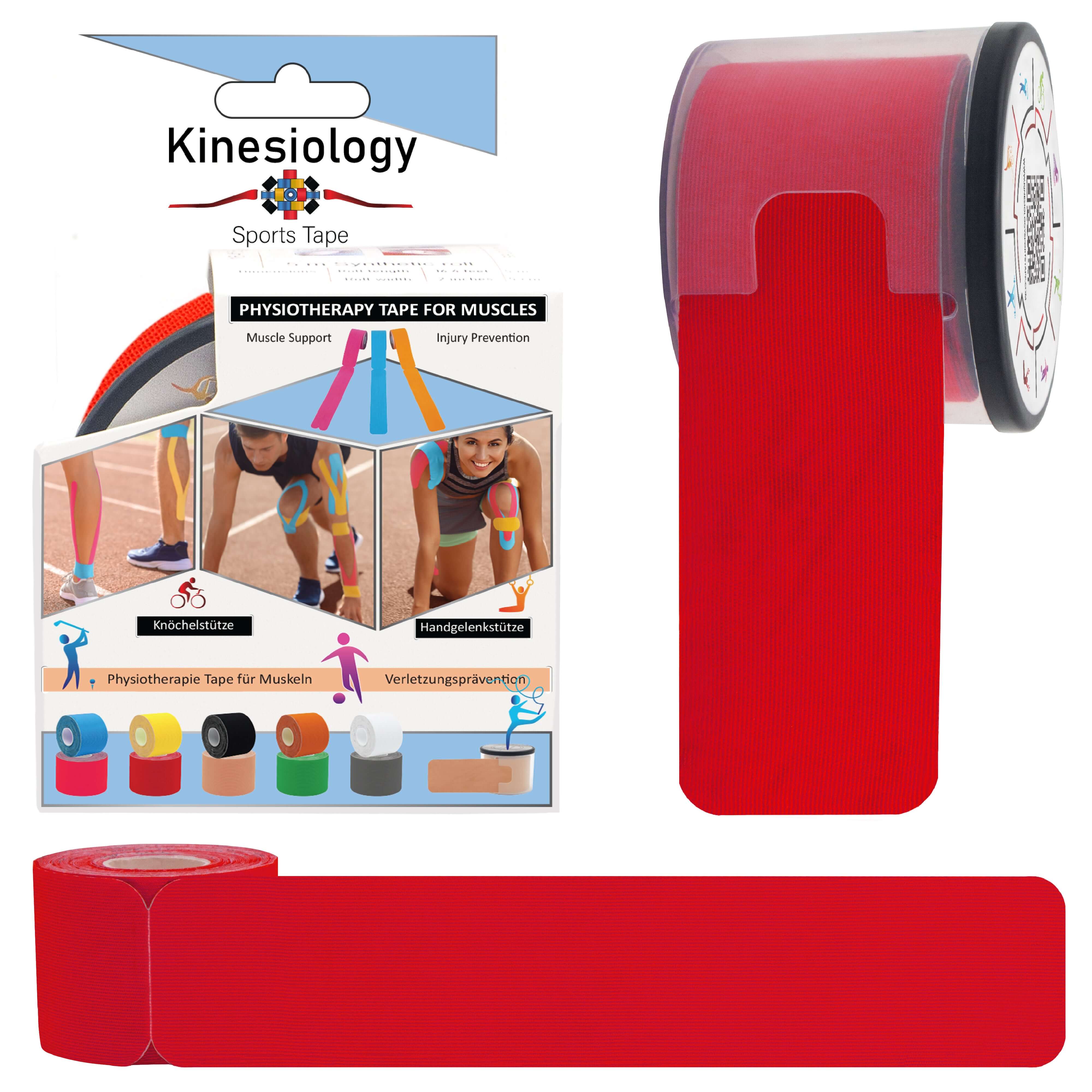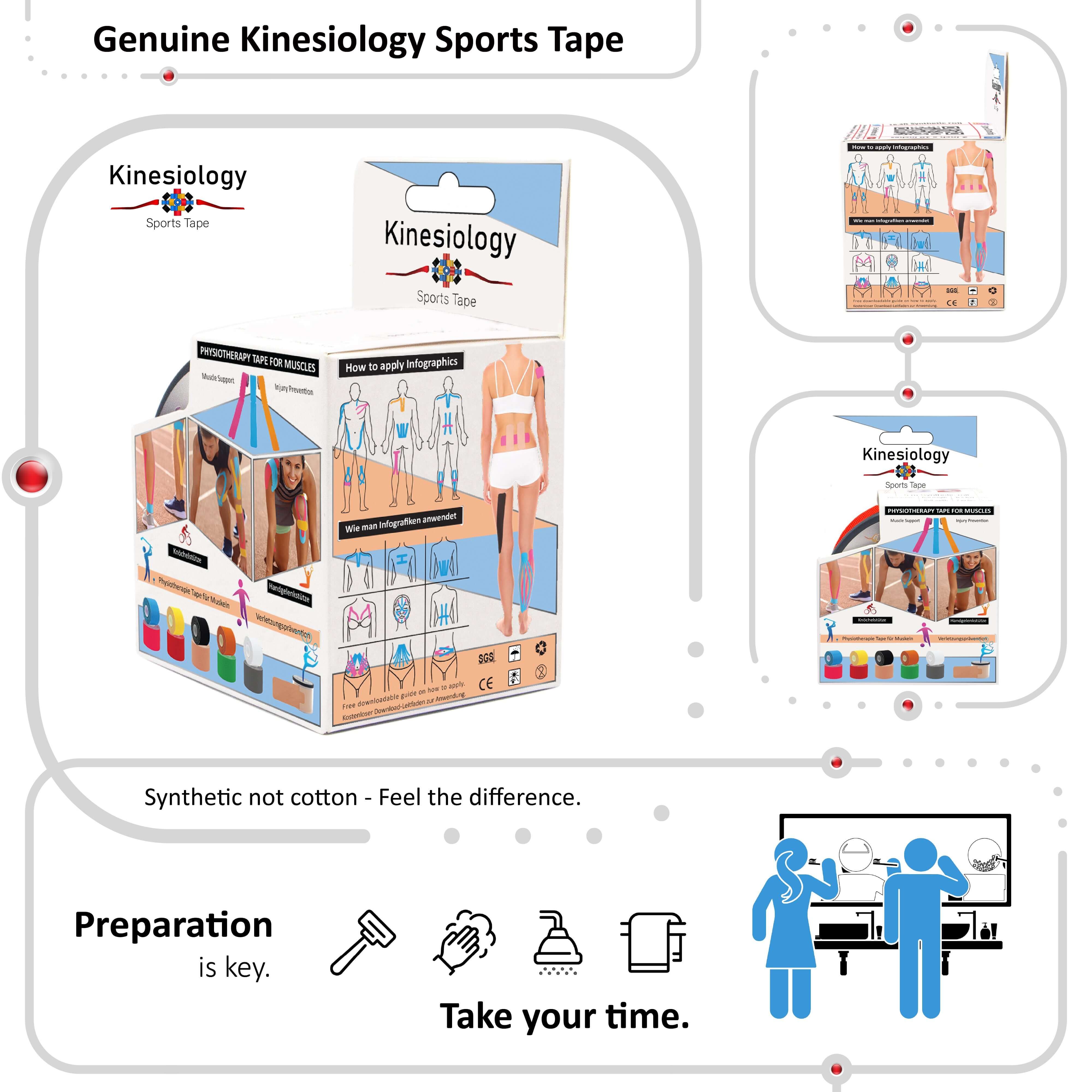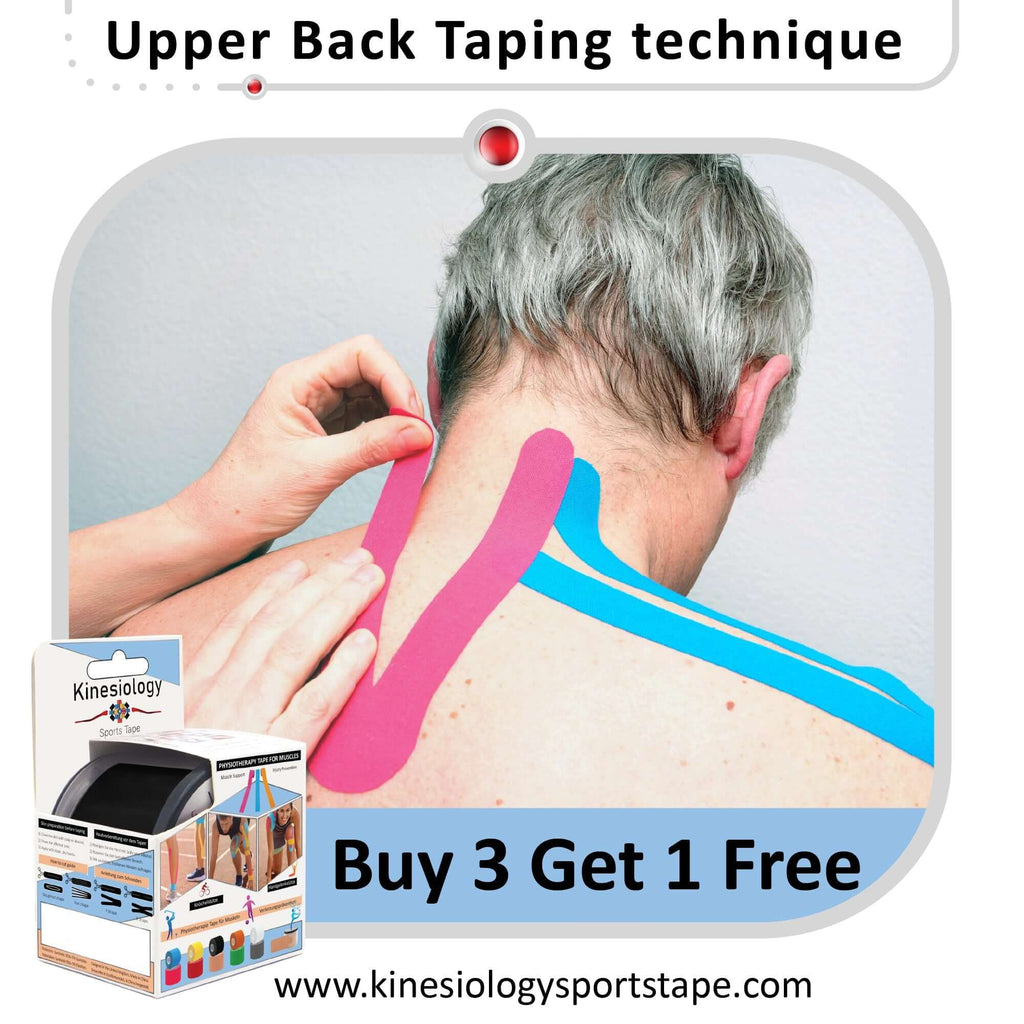
Kinesiology Tape Application Mistakes

Kinesiology tape offers a fascinating approach to pain management, improved performance, and potentially faster recovery. But even with the vibrant colors and seemingly simple application process, there's room for error. This blog explores common kinesiology tape application mistakes and how to avoid them for optimal results.
Mistake #1: Skipping the Prep
Cleanliness is key! Applying kinesiology tape to a sweaty or dirty area can significantly reduce adhesion. Always clean and dry the target area with rubbing alcohol before application.
Mistake #2: Ignoring Skin Sensitivity
If you have sensitive skin, test a small piece of kinesiology tape on a different area before applying it to the target zone. This helps identify any potential irritation.
Mistake #3: Applying the Wrong Tension
Too much tension can restrict movement and cause discomfort. Too little tension might not provide the desired support or stimulation. Aim for moderate tension while applying the tape.
Mistake #4: Forgetting About Directionality
Kinesiology tape application often relies on specific directionality to achieve its intended effect. For example, the "I-Strip" application requires applying the tape with tension while stretching the muscle, while the "Y-Strip" application involves no tension and follows the muscle belly. Refer to proper application guides for the technique you're using.
Mistake #5: Ignoring Anchor Points
The ends of the kinesiology tape need proper anchoring to ensure it stays put during movement. Apply both ends of the tape with no stretch for optimal adhesion.
Mistake #6: Leaving Rounded Corners Untamed
Rounded corners on the tape can prevent snagging on clothing or digging into the skin. Use scissors to round the corners of the tape before application for better comfort and wearability.
Mistake #7: Overstaying Your Welcome
Kinesiology tape can typically be worn for several days, but it's not meant to be a permanent fixture. Be mindful of recommended wear times and remove the tape if you experience any irritation or discomfort.
Mistake #8: Ignoring Reapplication Needs
Kinesiology tape's adhesive properties can weaken over time with activity and sweat. If the tape starts to peel or lose adhesion, consider reapplying with fresh tape following proper techniques.
Mistake #9: Forgetting to Listen to Your Body
Kinesiology tape should never cause pain or discomfort. If you experience any irritation or pain after applying the tape, remove it immediately and consult a healthcare professional.
Mistake #10: Going Solo Without Guidance
While online resources can be helpful, consider consulting a physical therapist or athletic trainer for personalized instruction on kinesiology tape application for your specific needs. They can ensure proper technique and address any questions you might have.
Avoiding Sticky Situations:
By understanding these common mistakes and following proper application techniques, you can maximize the benefits of kinesiology tape and embark on a successful journey towards pain management, improved performance, or faster recovery. Remember, consulting a healthcare professional and listening to your body are crucial for the best experience.




